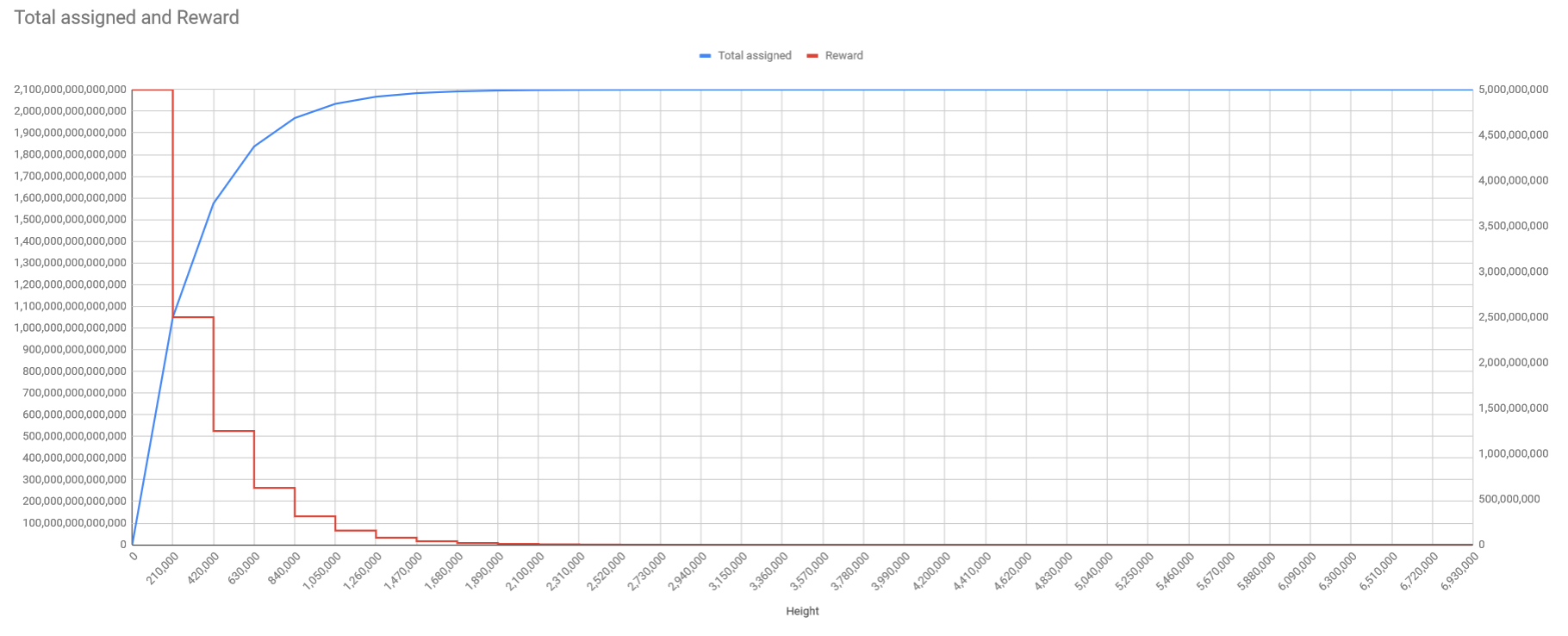Difference between revisions of "Block subsidy"
Todd Price (talk | contribs) |
|||
| (4 intermediate revisions by 2 users not shown) | |||
| Line 1: | Line 1: | ||
| − | + | All bitcoin were issued with the launch of the network in 2009. | |
| − | The block subsidy originally awarded each successful block discovery 50 bitcoins, however the rate halves once every 210,000 blocks (approximately every 4 years). The block subsidy ceases when the | + | From this original [[issuance]], the bitcoin are algorithmically released to miners (who act under unilateral contract) as a subsidised reward for their transaction validation services before transaction fees dominate the reward. |
| + | |||
| + | The block subsidy is the means by which all bitcoins available for exchange on the network are released. The mechanism is designed such that the miners who build the network infrastructure receive these rewards as a subsidy to fund their operations. | ||
| + | |||
| + | The [[Block Subsidy Schedule]] originally awarded each successful block discovery, 50 bitcoins, however the rate halves once every 210,000 blocks (approximately every 4 years). The block subsidy ceases when the halving makes the value below 1 Satoshi, an event which is estimated to take place in around 2140. | ||
<div class="img-responsive"> | <div class="img-responsive"> | ||
| Line 7: | Line 11: | ||
</div> | </div> | ||
| − | This chart shows both the rate of subsidy over time and the overall | + | This chart shows both the rate of subsidy over time and the overall release of Bitcoins into the system. Used with permission, courtesy of Metanet.icu user 'mpapec'. |
Latest revision as of 04:00, 22 April 2022
All bitcoin were issued with the launch of the network in 2009.
From this original issuance, the bitcoin are algorithmically released to miners (who act under unilateral contract) as a subsidised reward for their transaction validation services before transaction fees dominate the reward.
The block subsidy is the means by which all bitcoins available for exchange on the network are released. The mechanism is designed such that the miners who build the network infrastructure receive these rewards as a subsidy to fund their operations.
The Block Subsidy Schedule originally awarded each successful block discovery, 50 bitcoins, however the rate halves once every 210,000 blocks (approximately every 4 years). The block subsidy ceases when the halving makes the value below 1 Satoshi, an event which is estimated to take place in around 2140.
This chart shows both the rate of subsidy over time and the overall release of Bitcoins into the system. Used with permission, courtesy of Metanet.icu user 'mpapec'.
